Berlin is one of the world’s most vibrant destinations, offering a mix of culture, history, cuisine, and modern charm. From its iconic landmarks to hidden gems, this travel guide covers everything you need to plan an unforgettable visit.
Planning your Berlin itinerary? Whether you’re searching for the best things to do in Berlin, a 3-day travel guide, or where to stay in Berlin near the top attractions, this post has you covered. Discover must-see sights, local dining spots, and the best neighborhoods to explore in Berlin. Perfect for solo travelers, couples, or families planning a city break or international adventure.
Looking for the best Berlin travel tips? This complete Berlin city guide highlights must-visit places, nearby excursions, top-rated hotels for tourists, and local food favorites. Don’t miss the nightlife, festivals, cultural landmarks, and parks. This guide is your go-to source for an unforgettable travel experience in Berlin.
Tourists often search for ‘how to plan a trip to Berlin’ or ‘top attractions in Berlin for first-timers’ — and this guide delivers it all. Discover which neighborhoods to stay in, what local dishes to try, and the best time of year to visit. Whether you’re visiting Berlin in summer or winter, this travel blog will help you plan the perfect trip.
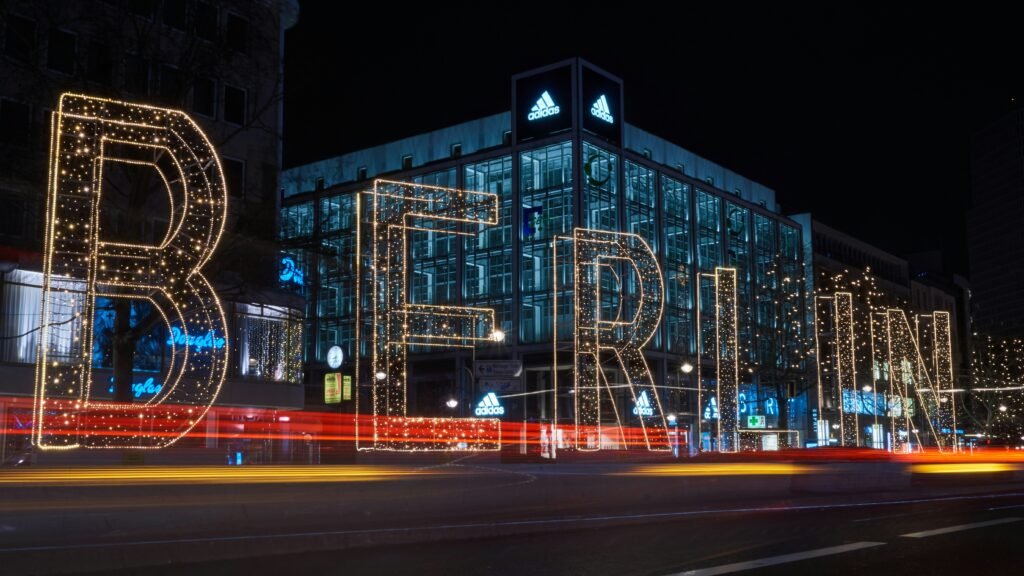
Top 10 Must-See Attractions
- Brandenburg Gate: Iconic neoclassical gate and city symbol. Official site
- Berlin Wall Memorial: Preserved section of the Berlin Wall and museum. Official site
- Reichstag Building: Parliament building with glass dome and views. Official site
- Museum Island: UNESCO site with several world-class museums. Official site
- Berlin Cathedral: Baroque-style cathedral with impressive dome. Official site
- East Side Gallery: Open-air gallery of murals on the Berlin Wall. Official site
- Checkpoint Charlie: Historical Cold War border crossing point. Official site
- Charlottenburg Palace: Former royal palace with gardens and exhibits. Official site
- Potsdamer Platz: Modern square with shops and architecture. Official site
- Tiergarten Park: Large urban park ideal for walking and relaxing. Official site
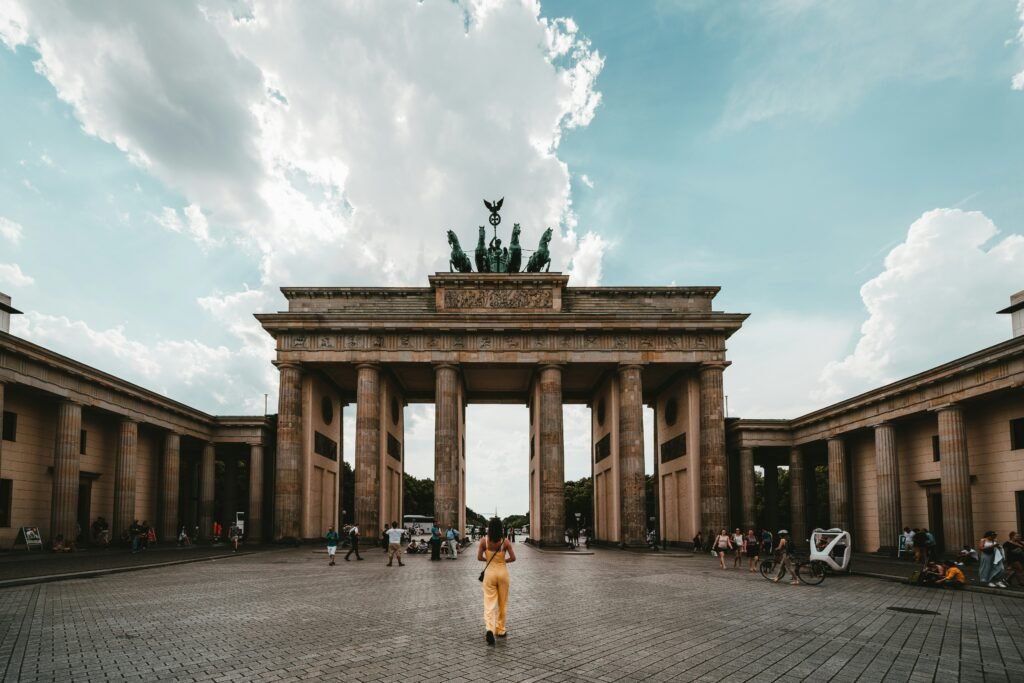
Top 10 Restaurants, Bars & Cafés
- Restaurant Tim Raue: Asian-inspired Michelin-starred cuisine. Official site
- Coda Dessert Dining: Creative desserts and multi-course experiences. Official site
- Katz Orange: Modern German cuisine in cozy atmosphere. Official site
- Nobelhart & Schmutzig: Innovative local cuisine with a narrative twist. Official site
- Hugos Restaurant: Elegant dining with city views. Official site
- Mustafa’s Gemüse Kebap: Famous Berlin street food kebab stand. Official site
- Markthalle Neun: Historic market hall with street food. Official site
- Burgermeister: Iconic burger stand in a former public toilet. Official site
- Facil: Luxury hotel restaurant with fine cuisine. Official site
- Doyum Restaurant: Authentic Turkish grill and meze. Official site
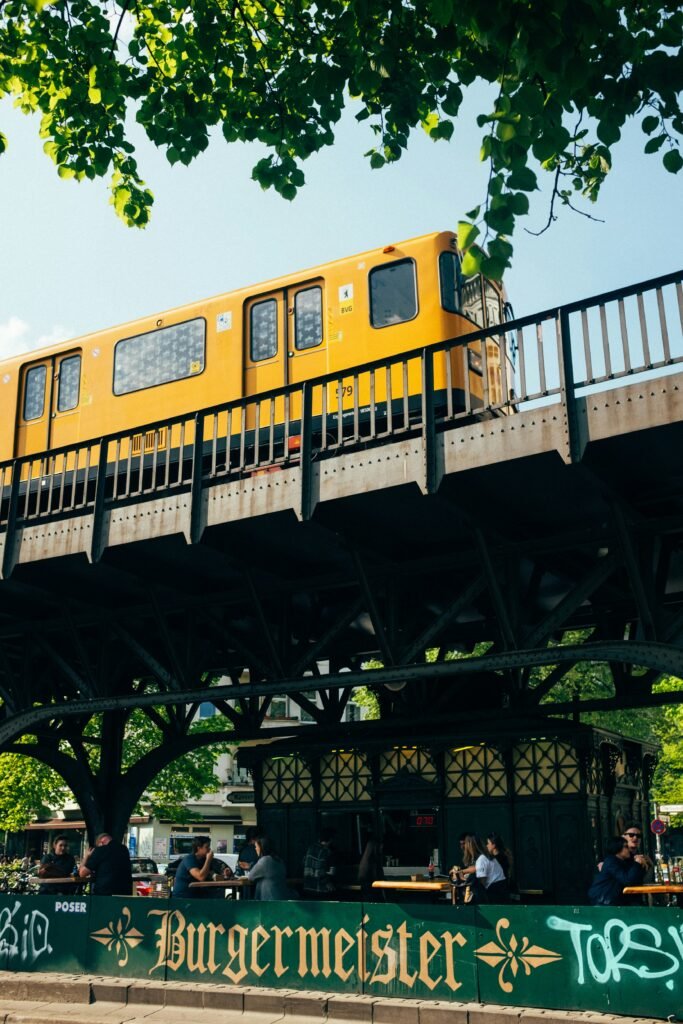
Top 10 Places to Stay
- Hotel Adlon Kempinski: Luxury hotel by Brandenburg Gate. Official site
- The Ritz-Carlton, Berlin: Elegant hotel on Potsdamer Platz. Official site
- SO/ Berlin Das Stue: Chic hotel near Tiergarten Park. Official site
- Hotel de Rome: Luxury stay in a former bank building. Official site
- 25hours Hotel Bikini Berlin: Trendy hotel with zoo views and rooftop bar. Official site
- The Circus Hotel: Stylish boutique hotel in Mitte. Official site
- Michelberger Hotel: Hip and artsy hotel in Friedrichshain. Official site
- Hotel AMANO: Modern hotel with rooftop lounge. Official site
- Hotel Zoo Berlin: Classic hotel on Kurfürstendamm. Official site
- Nhow Berlin: Music-themed hotel on the Spree River. Official site
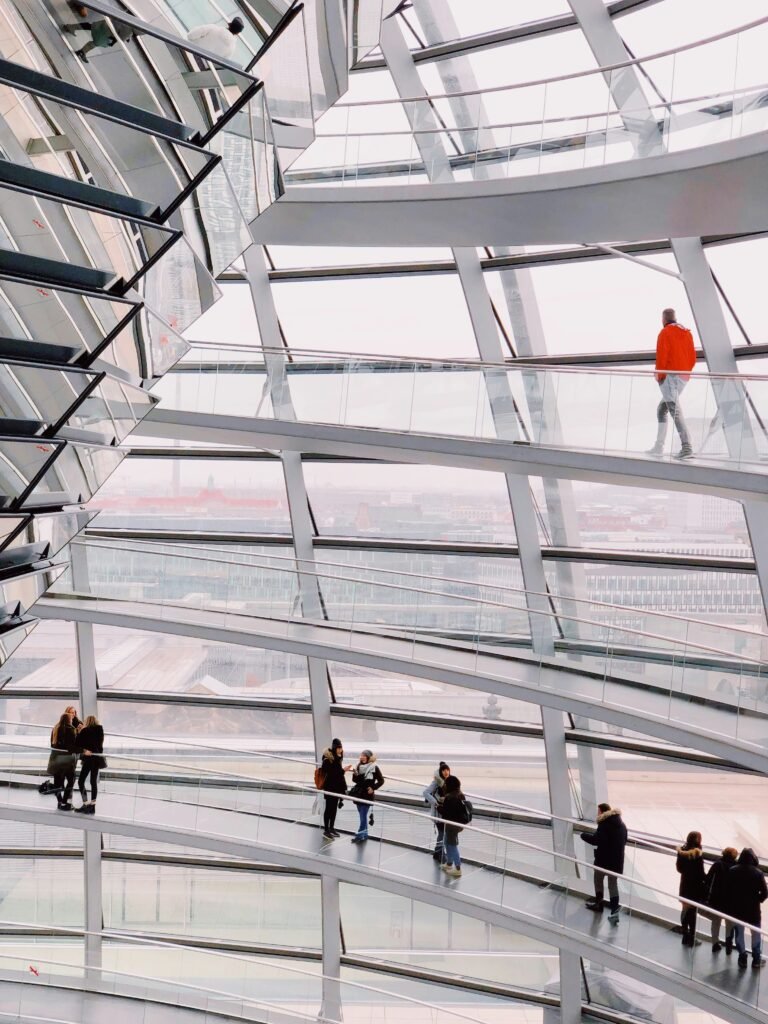
5 Local Festivals and Events
- Berlinale (Berlin Film Festival): One of the world’s top film festivals. Official site
- Karneval der Kulturen: Multicultural street parade and celebration. Official site
- Fête de la Musique: Citywide music festival with free concerts. Official site
- Berlin Art Week: Contemporary art festival across venues. Official site
- Festival of Lights: Light installations on iconic landmarks. Official site
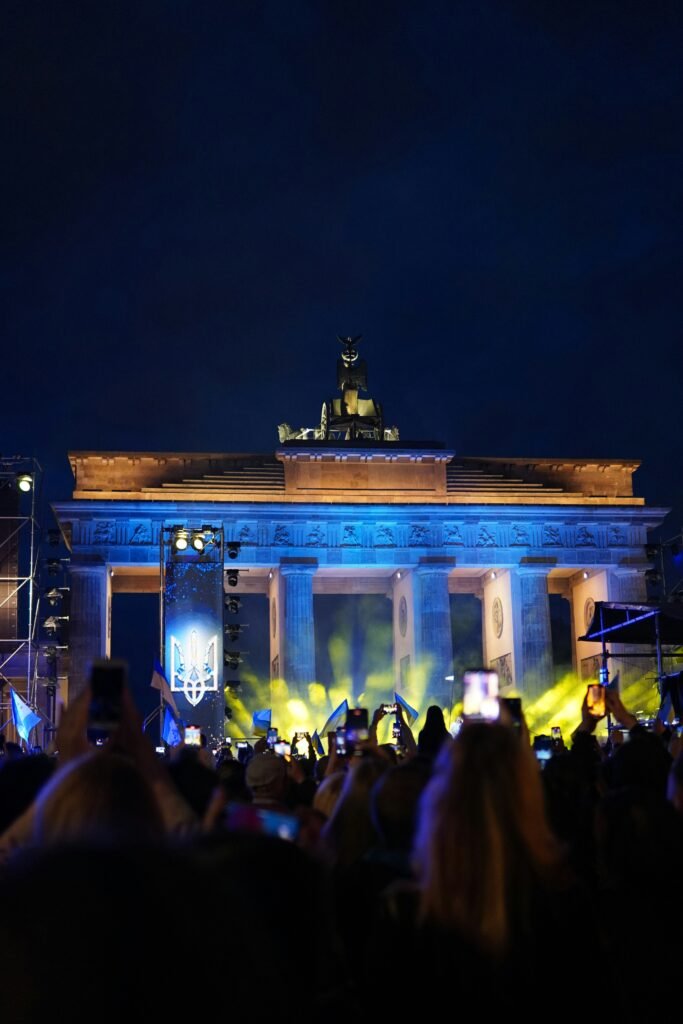
7 Best Neighborhoods to Explore
- Mitte: Central district with museums and history. Official site
- Kreuzberg: Lively area known for nightlife and culture. Official site
- Prenzlauer Berg: Trendy and family-friendly with cafes. Official site
- Friedrichshain: Edgy district with clubs and creativity. Official site
- Charlottenburg: Elegant area with palaces and boutiques. Official site
- Neukölln: Up-and-coming with multicultural flair. Official site
- Schöneberg: Charming area with LGBTQ+ scene and cafes. Official site
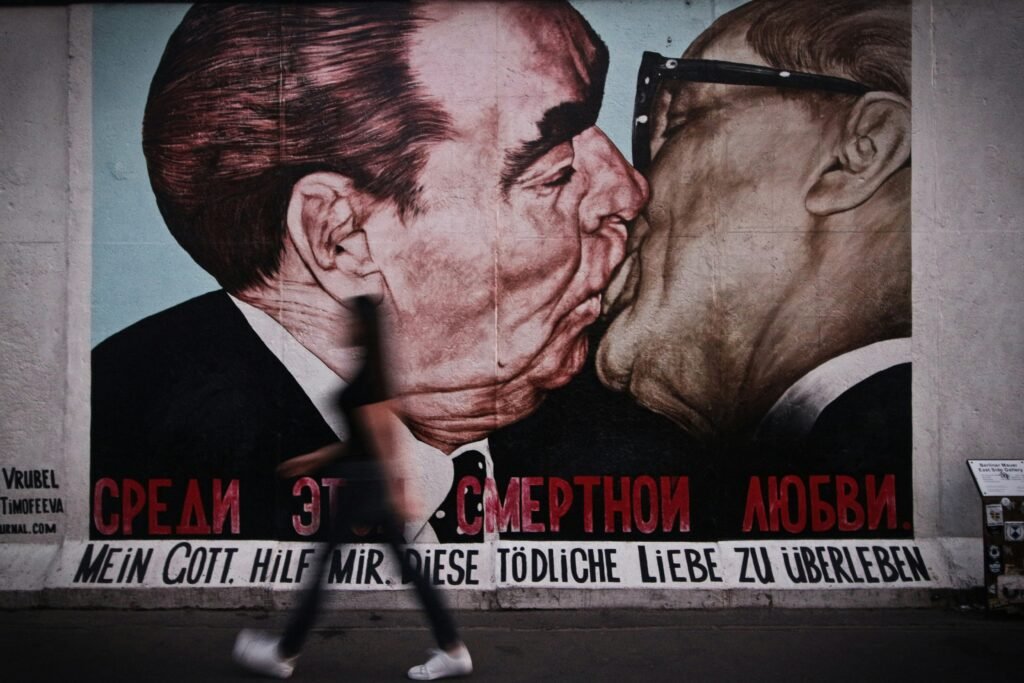
Top 10 Most Googled Questions About Berlin
Here are quick answers to some of the most common questions tourists ask about visiting Berlin:
What is the best time to visit Berlin?
Answer: The best times to visit Berlin are generally spring (April-May) and early autumn (September-October). The weather is mild and pleasant, perfect for exploring, and the city hosts various outdoor events. Summer (June-August) is also popular but can be hot and crowded, while winter (November-March) is cold but offers charming Christmas markets.
How many days do you need in Berlin?
Answer: To comfortably experience Berlin’s major historical sites, museums, and distinct neighborhoods, a minimum of 3 to 4 full days is recommended. This allows for a good overview. If you want to delve deeper into specific interests like art, nightlife, or day trips, 5-7 days would be ideal.
Is Berlin expensive for tourists?
Answer: Compared to other major Western European capitals, Berlin is generally moderately affordable. Accommodation prices can vary, but food, public transport, and many cultural activities are reasonably priced. There are options for all budgets, from luxury hotels to budget-friendly hostels and street food.
What language is spoken in Berlin?
Answer: The official language spoken in Berlin is German. However, due to Berlin’s international nature and high tourism, English is very widely spoken and understood, especially by younger generations and in tourist areas, hotels, and restaurants. You should have no difficulty communicating if you only speak English.
How to get around in Berlin?
Answer: Berlin has an excellent, extensive, and efficient public transport system (BVG) including U-Bahn (subway), S-Bahn (urban rail), trams, and buses. It’s the easiest way to get around. Walking and cycling are also great options for exploring specific neighborhoods. Tickets are integrated across all modes.
What food is Berlin famous for?
Answer: Berlin is famous for its unique blend of traditional German dishes and international street food. Must-try foods include Currywurst (sausage with curry sauce), Doner Kebap (a Turkish-German specialty), Schnitzel, Bratwurst, and various German breads and pastries. The city also boasts a vibrant vegan food scene.
Is Berlin safe for tourists?
Answer: Berlin is generally a safe city for tourists. Serious crime is rare. However, like any large urban area, petty crime such as pickpocketing can occur, especially in crowded tourist hotspots, on public transport, and in nightlife areas. Be aware of your surroundings and secure your belongings.
Can you drink tap water in Berlin?
Answer: Yes, tap water in Berlin is perfectly safe to drink and is of very high quality. Germany has strict regulations for drinking water, so you can confidently refill your reusable water bottle throughout the city.
What is the significance of the Berlin Wall?
Answer: The Berlin Wall was a guarded concrete barrier that physically and ideologically divided East and West Berlin from 1961 to 1989. It symbolized the “Iron Curtain” separating communist Eastern Bloc countries from Western Europe during the Cold War. Its fall in 1989 was a pivotal moment in history, leading to German reunification.
What is Museum Island?
Answer: Museum Island (Museumsinsel) is a UNESCO World Heritage site located in the Spree River in central Berlin. It’s a unique complex of five world-renowned museums: the Altes Museum, Neues Museum, Alte Nationalgalerie, Bode-Museum, and Pergamon Museum. It houses vast collections spanning art, archaeology, and ancient cultures.
0 Comments